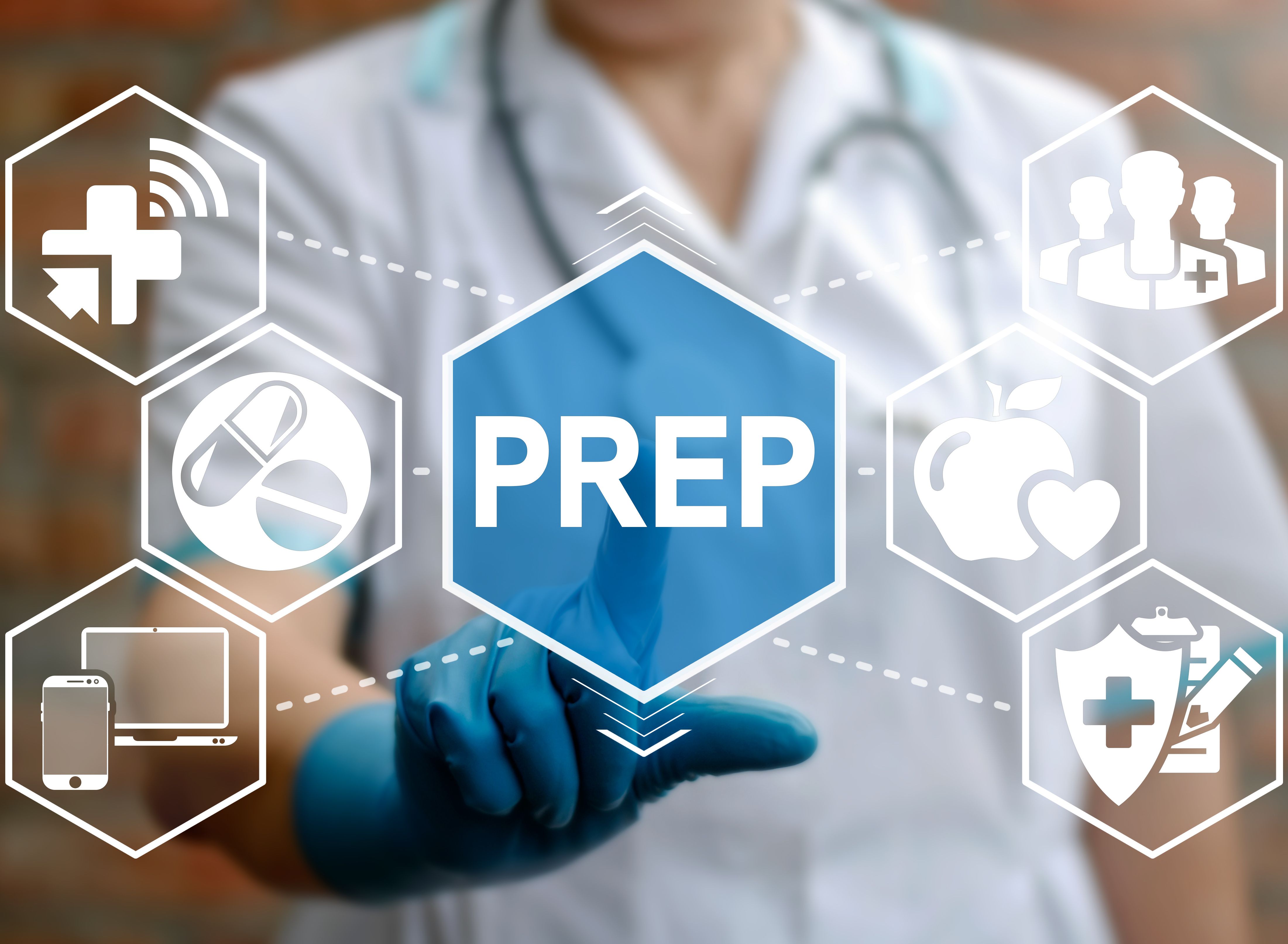News
Article
Study: Monitor Real-Time User Data to Optimize Digital HIV PrEP Programs
Author(s):
Telemedicine approaches for HIV can help reduce stigma that is often a challenge in face-to-face clinical settings and eliminate common logistical barriers, such as transportation.
New study findings published in PLoS One emphasize the need for user data and specific marketing approaches to best optimize digital pre-exposure prophylaxis (PrEP) programs for HIV.
Image credit: wladimir1804 - stock.adobe.com

Although PrEP has proven efficacy in preventing HIV, it is underutilized by sexual and gender minority young adults, particularly in southern states, according to the study. The 13 states included in the South accounted for 51% of the new HIV diagnoses in 2020, and the South continues to have the highest rate of HIV in rural areas, as well as fewer patients who are aware of their HIV status compared to other regions.
Given these disparities, the Ending the HIV Epidemic initiative (EHI) has a specific focus on areas in South. The EHI is an initiative by the US Department of Health and Human Services designed to reduce new HIV diagnoses by scaling up prevention and treatment strategies in areas with the highest concentration of new HIV cases. To achieve the target of 90% reduction in new infections by 2030, novel prevention efforts are crucial.
As part of these efforts, the Louisiana Department of Health launched the Louisiana TelePrEP Program (LA TelePrEP) in 2018. The novel telemedicine program connects Louisiana residents aged 18 years or older to a provider who prescribes PrEP and an e-navigator who facilitates enrollment in the program, lab testing, insurance access, and other ancillary services. Enrollment can be done remotely via the LA TelePrEP website.
The study authors noted that telemedicine approaches can help reduce stigma that is often a challenge in face-to-face clinical settings and eliminate common logistical barriers, such as transportation. Despite this, relatively few sexual and gender minority young adults have enrolled in the program despite outreach and promotional efforts targeting local colleges, community-based organizations and clinics, and social media posts.
As part of efforts to improve these issues, researchers from the Adolescent Trials Network for HIV/AIDS Interventions (ATN) partnered with the Louisiana Department of Health to develop and pilot a digital campaign to increase awareness of the LA TelePrEP program among young adults who are sexual and gender minorities between the ages of 18 and 29 years. The project consisted of 2 phases: first, a formative research phase, followed by a phase of implementation and evaluation.
Using a community survey, the investigators enrolled 109 young adults who self-identified as sexual and/or gender minority; were 18 to 29 years of age; reported condomless sex in the past 6 months; lived in Louisiana; and were HIV negative or had unknown HIV status. The average age was 22 years; 62% identified as cisgender men, 54% as gay, and 26% as gender diverse; and 47% were Black or African American. Although 89% had heard of PrEP, 63% had never taken it.
The survey results found that the main facilitators for taking PrEP were protection against HIV (55%), ease of use compared to other methods (32%), and lack of interruption to sex (31%). In contrast, the main barriers were cost (31%), having to take a daily pill (53%), and the potential for harmful adverse effects (38%). Only 25% of the sample knew about the LA TelePrEP program and 86% reported using Instagram.
The investigators then used focus groups to identify consistent themes that informed the final digital campaign initiative. The key recommendations from participants were to use bright colors in advertising, include overtly queer individuals, and emphasize privacy and home delivery.
The digital campaign was launched in September 2022 and was monitored with weekly updates. Three weeks into the campaign, data showed a high rate of exposure and large numbers of link clicks. However, the tracking pixel data demonstrated minimal engagement with the campaign’s landing page. After 28 days, the campaign was paused to identify potential reasons for the lack of engagement. After this evaluation, the team altered the landing page and created a video ad that ran on YouTube. The revised campaign then ran for 40 days.
Over the course of the campaign, the investigators gathered more than 730,000 impressions and 475 link clicks. Ads on Facebook and Instagram proved to be the most cost efficient. Web display advertising had the highest number of impressions (458,172) and the most link clicks overall (278). Although YouTube was the least cost effective and had the fewest link clicks, there were 39,364 complete video views for a 66.6% video completion rate.
The investigators noted that the pilot study was one of the first to demonstrate the importance of using tracking pixels to monitor real-time user data to optimize performance of a digital PrEP campaign. The rapid pace at which social media and digital technologies change also emphasizes the need for strong partnerships between public health practitioners and technical experts.
Reference
Ocasio MA, Fernandez MI, Cortese S, Kampa K. Piloting a digital campaign to promote awareness of the Louisiana TelePrEP program among sexual and gender minority young adults. PLoS One. 2023;18(8):e0290149. doi:10.1371/journal.pone.0290149.






